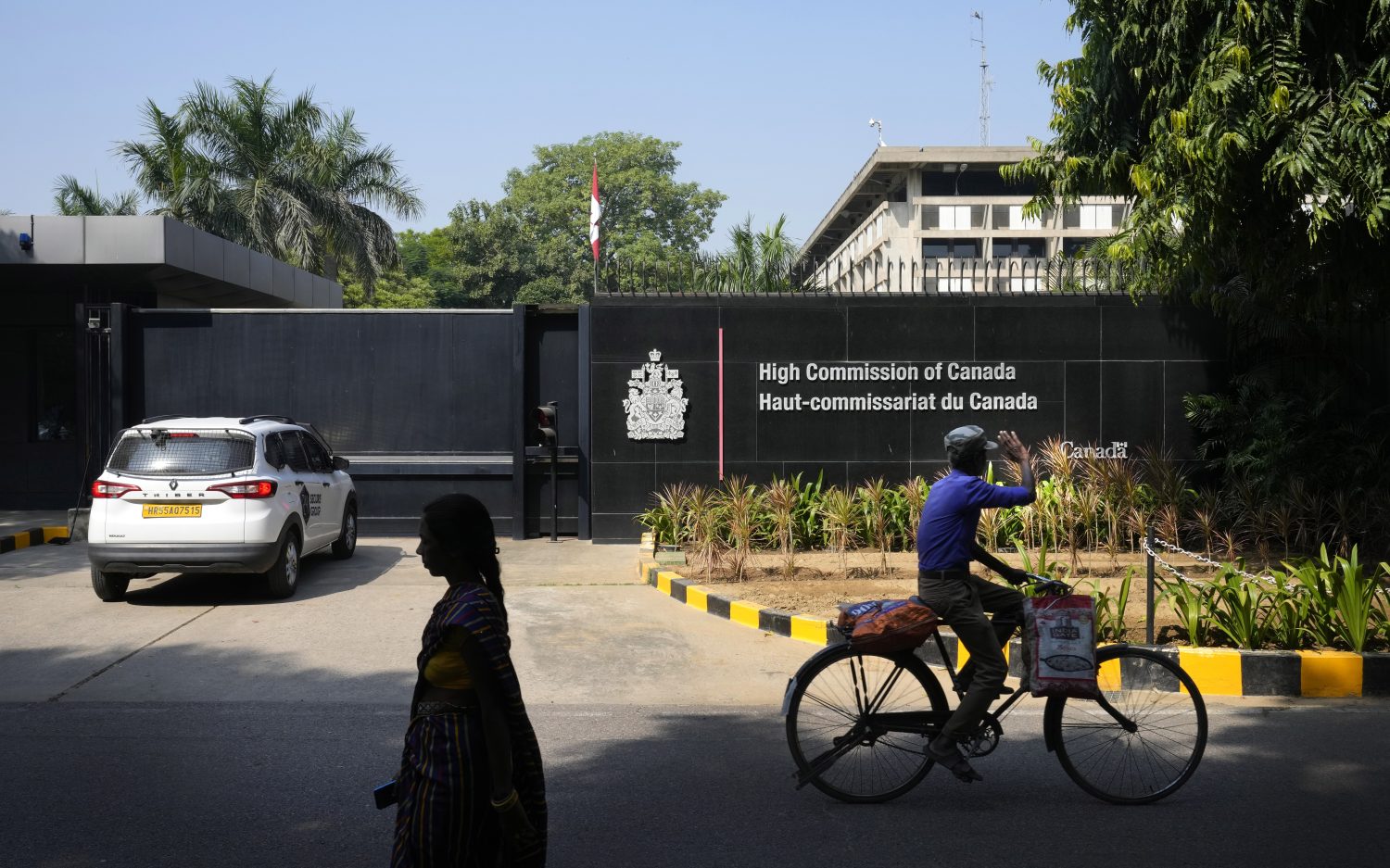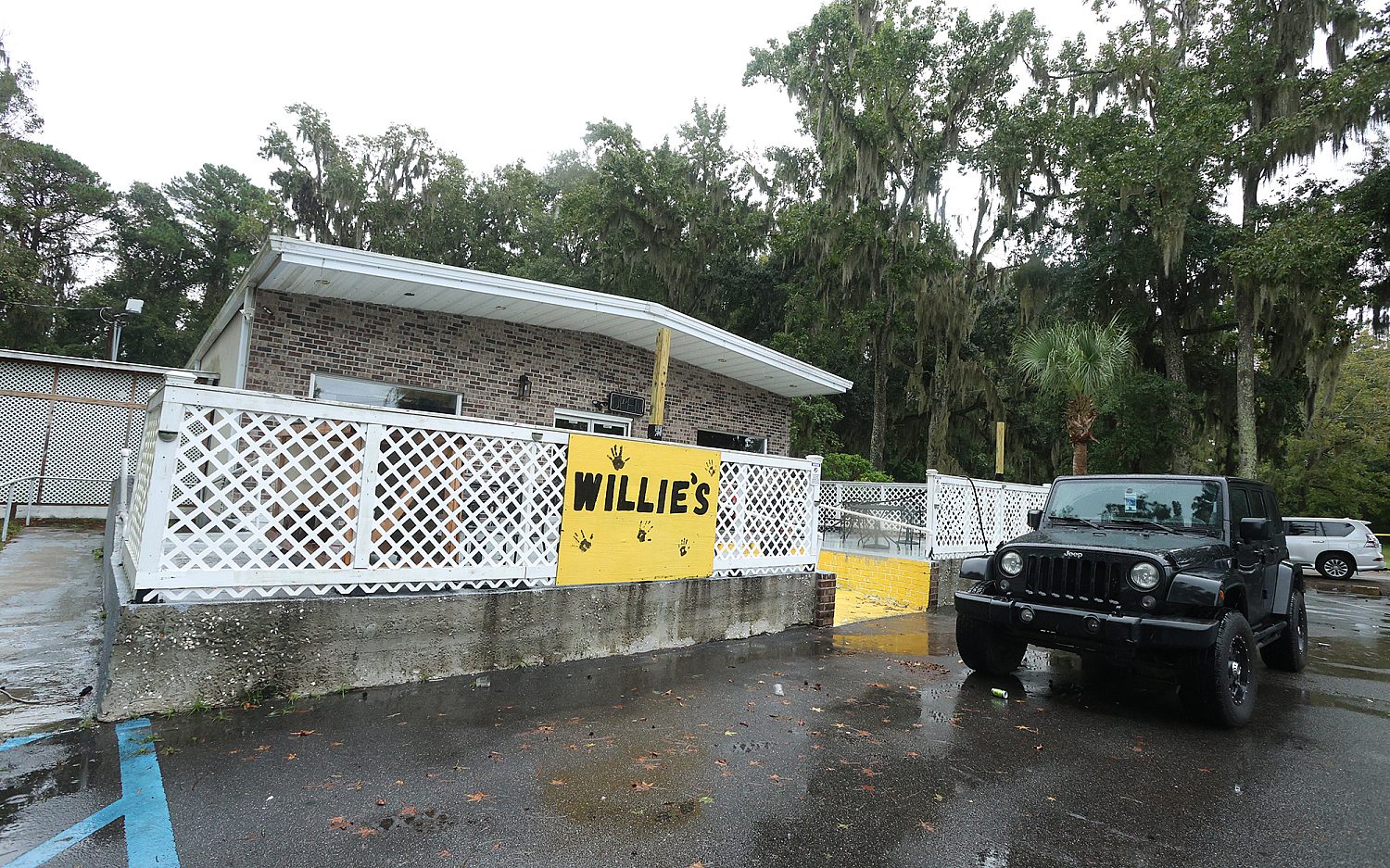Typhoon survivor: 'You can only pray'
When Typhoon Haiyan hit land in the Philippines, it made the day almost as dark as night, according to Southern Leyte Gov. Roger Mercado. The storm ripped roofs off houses, uprooted trees, and triggered landslides that blocked roads around Mercado’s residence.
“When you're faced with such a scenario, you can only pray and pray and pray,” Mercado told The Associated Press by telephone.
Filipino weather officials said Haiyan had sustained winds of 147 mph with gusts of 170 mph when it slammed into the island nation. The U.S. Navy's Joint Typhoon Warning Center, which measures average wind speed for 1 minute instead of 10, found winds as high as 195 mph with gusts to 235 mph.
The Navy’s measurements would make Haiyan the strongest tropical cyclone ever recorded to hit land, beating out Hurricane Camille, which had wind speeds of 190 mph at landfall in the southeast United States in 1969. “One hundred ninety-five mph winds; there aren't too many buildings constructed that can withstand that kind of wind,” said Jeff Masters, a former hurricane meteorologist who is meteorology director at the private company Weather Underground.
Haiyan paced across a string of islands from east to west—Samar, Leyte, Cebu, and Panay—and lashed beach communities with near-record winds. Nearly 750,000 people were forced to flee their homes.
Due to cut-off communications, it was impossible to know the full extent of casualties and damage. At least two people were electrocuted in storm-related accidents. One person was killed by a fallen tree, and another was struck by lightning, official reports said.
Mercado said mayors in his province had not called in to report any major damage. “I hope that means they were spared and not the other way around,” he said. “My worst fear is there will be massive loss of lives and property.”
The nation may indeed have been spared far worse problems. The typhoon moved rapidly through the islands, likely protecting major waterways from more damaging prolonged rainfall, officials said.
A storm surge estimated at 15 feet damaged a seaside airport in Leyte's Tacloban city. Airport workers moved to the tower and were safe, but communications have since failed. “They've been incommunicado,” aviation official John Andrews said. “The last message we got from them was that the airport was ruined.”
The Philippines, which is hit by about 20 typhoons and storms a year, has become more proactive and modern about preparations to reduce deaths. After more than 500 people died in a 1990 typhoon, government officials have taken a hands-on approach during crises, using social media, supervised evacuations, and the mobilization of more than 50 military ships and aircraft.
Manila is 13 hours ahead of Eastern Standard Time, and as of noon EST, the storm was making its way into the South China Sea. It could reach Vietnam later this weekend as a major Category 3 storm.
The Associated Press contributed to this report.
An actual newsletter worth subscribing to instead of just a collection of links. —Adam
Sign up to receive The Sift email newsletter each weekday morning for the latest headlines from WORLD’s breaking news team.




Please wait while we load the latest comments...
Comments
Please register, subscribe, or log in to comment on this article.